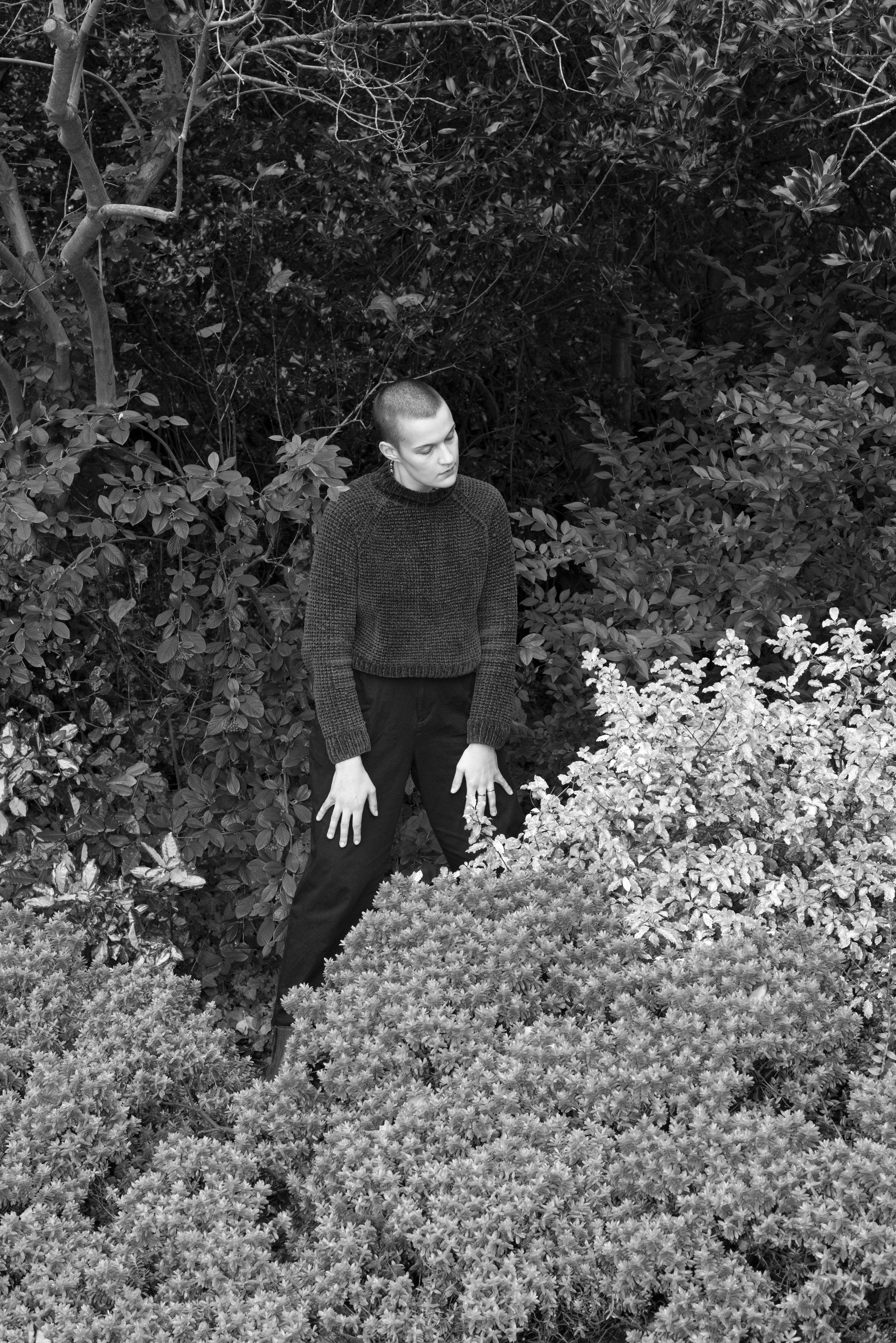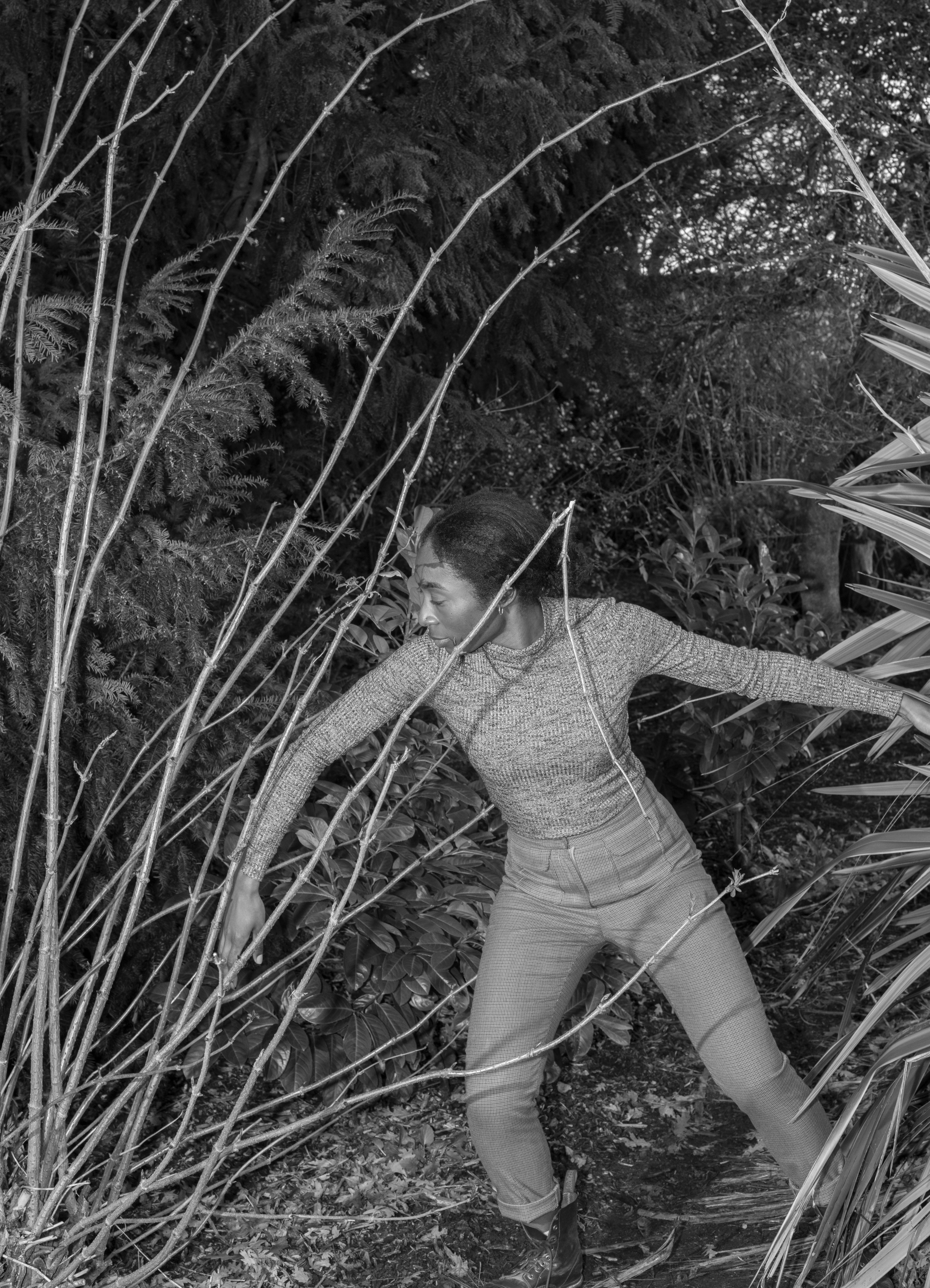By Dr. Kathleen Cruz Gutierrez, Liz Orton
Jun 30 2022
“Behind all scientific names are the stories of their objects, of the animals collected in faraway lands that then became the properly preserved objects of scientific fascination.”
—Michael Ohl, The Art of Naming
Plant names are more than labels. They transmit important knowledge about the relationships between people and the environment. They reflect cultural values and intellectual agendas. They carry histories—sometimes quotidian, sometimes violent and contentious. Names are an ecological text of their own that urge us to excavate the many ways we engage with plant life in an increasingly precarious world.
We, Dr. Kathleen Cruz Gutierrez, Mellon Fellow 2021-2022 with NYBG’s Humanities Institute, and UK-based artist Liz Orton, approach similar questions from different disciplines in our work. This digital exhibition is a sampling of our current collaborative exploration of shared concerns and research interests and foregrounds the issue of endangerment at the intersection of scientific artifact, artistic production, and humanistic conservation.
We animate herbarium sheets with photographic and historical interventions to invite audiences to reflect on the names we give plant life and what meaning we assign to vegetal species confronting endangerment. Each species exhibited below is listed on the IUCN Red List of Threatened Species. Each also has a number of names that remind us of the meaningful—and equally consequential—interactions that have contributed to its value, study, and impending disappearance.
Two photographs from Orton’s accompanying series Plant Studies explore embodied relationships between plants and humans. These plant-human collaborations move beyond acts of classification and categorization to show connections and exchanges. More-than-scientific encounters gesture towards sensational or atmospheric affinities, in which bodies find form in response to plants. Orton photographed in parks and green spaces. Made over three consecutives winters, the images constitute acts of noticing during the most dormant times of the year.
To reflect on species endangerment and the importance of memory-making at this critical juncture in environmental history, we encourage visitors to ask yourselves: What names will we continue to utter if—or when—a plant is no longer among us?



